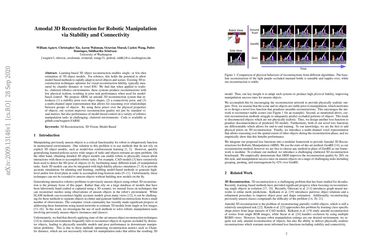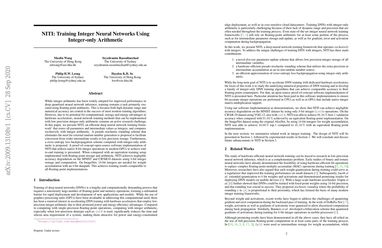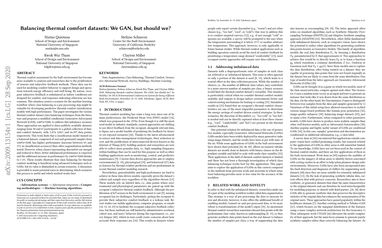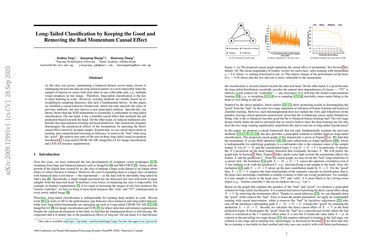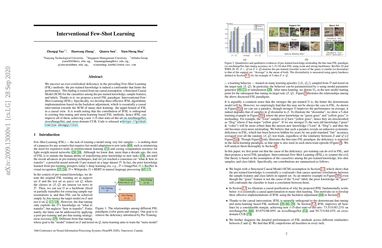Deep Learning in Keras – Building a Deep Learning Model
Introduction Deep learning is one of the most interesting and promising areas of artificial intelligence (AI) and machine learning currently. With great advances in technology and algorithms in recent years, deep learning has opened the door to a new era of AI applications. In many of these applications, deep learning algorithms performed equal to human experts and sometimes surpassed them. Python has become the go-to language for Machine Learning and many of the most popular and powerful deep learning libraries […]
Read more



